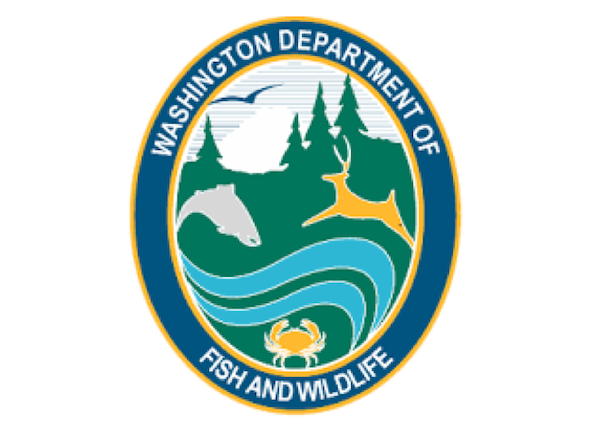Fish Report for 2-27-2023
Coastal razor clam digging at Mocrocks starts Friday, March 3, Copalis also opens Saturday, March 4

by WA Department of Fish & Wildlife Staff
2-27-2023
Website
OLYMPIA – Washington Department of Fish and Wildlife (WDFW) shellfish managers today confirmed coastal razor clam digging reopens at Mocrocks Friday, March 3 followed by opportunities March 5 and March 7. This is in addition to Copalis open on Saturday, March 4, March 6, and March 8.
"Hopefully the weather will be kind to us for the upcoming six days of harvest on Copalis and Mocrocks only," said Bryce Blumenthal, a WDFW coastal shellfish biologist. "The low tides will not be as deep as previous digs, but there should be plenty of daylight digging opportunity considering how early they occur."
The following digs during evening (p.m.) low tides will proceed as scheduled:
- March 3, Friday, 4:31 PM; 0.6 feet; Mocrocks
- March 4, Saturday, 5:09 PM; 0.4 feet; Copalis
- March 5, Sunday, 5:42 PM; 0.2 feet; Mocrocks
- March 6, Monday, 6:13 PM 0.1 feet; Copalis
- March 7, Tuesday, 6:41 PM; 0.3 feet; Mocrocks
- March 8, Wednesday, 7:09 PM; 0.5 feet; Copalis
Details on these and future tentative digs planned on March 17-22 during evening (p.m.) low tides and March 23-26 during morning (a.m.) low tides can be found by going to the WDFW razor clam webpage.
The Washington Department of Health (WDOH) labs indicate domoic acid levels at Long Beach and Twin Harbors beaches remain slightly above the health guideline levels. WDFW will announce future digging opportunities on those beaches when marine toxin tests show it is safe to do so.
Domoic acid, a natural toxin produced by certain types of marine algae, can be harmful or fatal if consumed in sufficient quantities. WDFW shellfish staff will continue to regularly dig test samples of razor clams to monitor the situation. WDOH requires two test samples taken around seven days apart, must fall under the health guideline level before a beach can reopen for razor clam digging. More information about domoic acid, as well as current levels at ocean beaches, can be found on WDFW's domoic acid webpage.
The daily limit is 15 razor clams per person. Under state law, a daily limit consists of the first 15 clams dug regardless of size or condition, and each digger's clams must be kept in a separate container. Digging is prohibited in the razor clam reserve located just south of the Ocean City approach on Copalis, which are marked by 10-foot poles with signs. The most successful digging occurs between one and two hours before the listed time of low tide.
Shellfish and seafood enthusiasts can also start making plans to attend the Ocean Shores Razor Clam and Seafood Festival on March 17-19, and the Long Beach Razor Clam Festival on April 8-9. These two long-running events celebrate the unique contribution of razor clams to Washington's culture and coastal communities.
With the spring fast approaching, Washingtonians should consider purchasing 2023-2024 recreational hunting and fishing licenses, and from hundreds of license vendors around the state. WDFW recommends buying your license before current licenses expire after March 31. All diggers age 15 or older must have an applicable fishing license to harvest razor clams on any beach.
For additional details, go to the WDFW's razor clam webpage and the DOH webpage. To be notified of in-season rule changes as they are announced sign up for email notifications at wdfw.wa.gov/about/lists.
The Washington Department of Fish and Wildlife works to preserve, protect, and perpetuate fish, wildlife and ecosystems while providing sustainable fish and wildlife recreational and commercial opportunities.
More Reports

2-24-2023
OLYMPIA – Washington Department of Fish and Wildlife (WDFW) shellfish managers today have tentatively scheduled additional razor clam digging dates...... Read More
2023 Columbia River spring Chinook fishing seasons announced
Columbia River
2-22-2023
OLYMPIA – Fishery managers from Washington and Oregon on Wednesday approved this year's recreational spring Chinook salmon fishing season for...... Read More

Website Hosting and Design provided by TECK.net